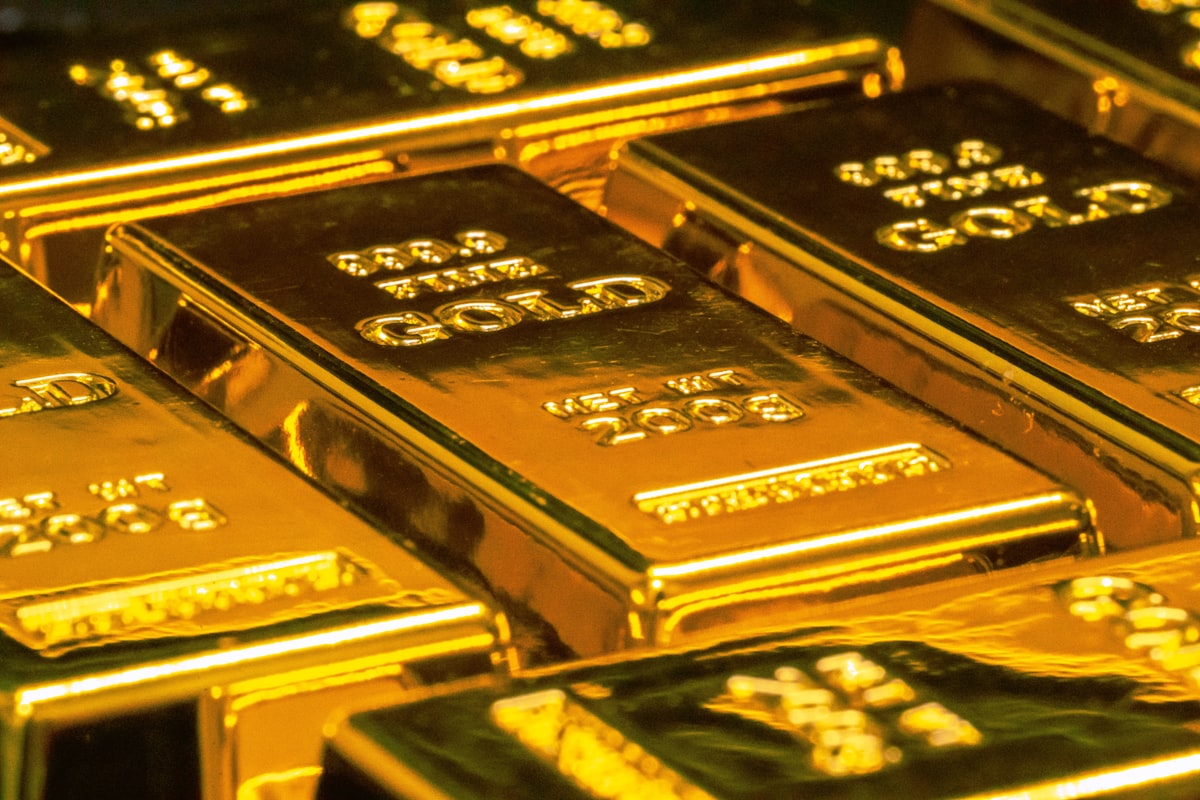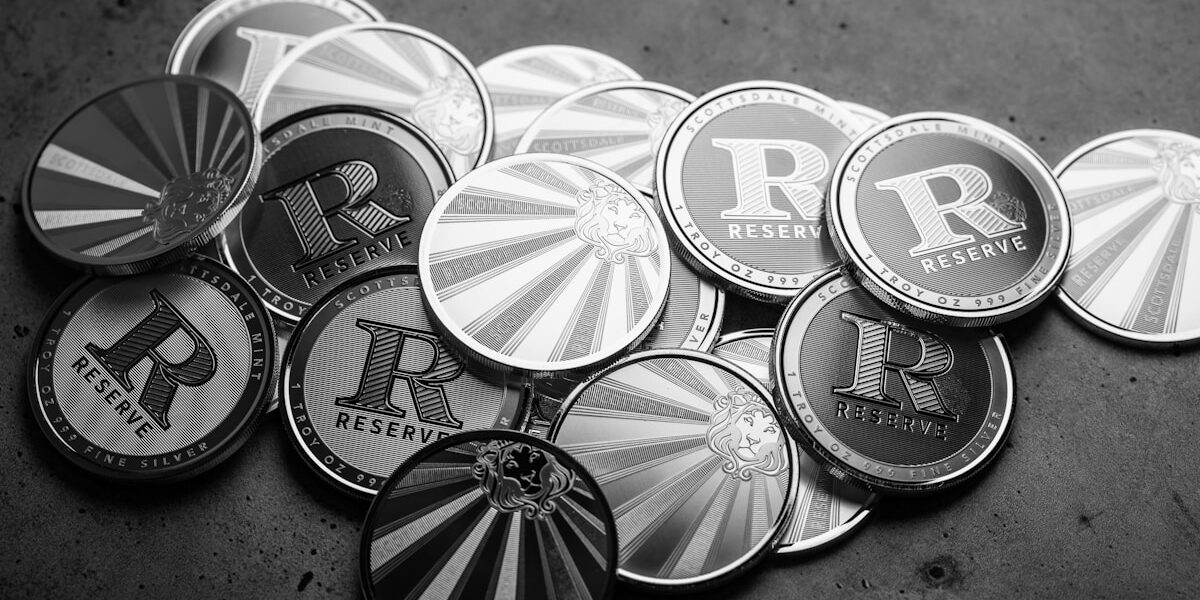1959 Wheat Penny
The 1959 Wheat Penny
The 1959 wheat penny is an interesting anomaly in the world of numismatics. Most coins don’t spark debates, but this one has. It should not exist. The official wheat penny series ended in 1958, making the 1959 wheat penny quite a mystery.
Wheat pennies were minted from 1909 to 1958. They featured the image of President Abraham Lincoln on the obverse and two wheat stalks on the reverse. The United States Mint discontinued this design in favor of the Lincoln Memorial reverse in 1959. But a few wheat pennies with the 1959 date have surfaced.
These coins have intrigued collectors and experts alike. Were they produced by error or on purpose? The U.S. Mint has only acknowledged the official series ending in 1958. Any 1959 wheat penny is considered a counterfeit or a novelty by them.
Features and Identification

The 1959 wheat penny looks similar to the earlier versions. They are made from 95% copper and 5% tin and zinc. They weigh 3.11 grams and have a diameter of 19mm. The obverse features Lincoln’s portrait, designed by Victor David Brenner. The reverse includes the two wheat stalks and the words “ONE CENT” and “UNITED STATES OF AMERICA” encircled by the wheat.
Collectors identify these coins by their mint mark. Most known examples have no mint mark, indicating they were minted in Philadelphia. However, variations with the D mint mark for Denver also exist. The date 1959 is the key feature that creates curiosity.
Origins of the Mystery
Speculation about how these coins came to be is widespread. One theory suggests a rogue mint employee struck the coins as a prank. Another posits they may be advanced counterfeits made outside the mint. No concrete evidence supports either theory.
In 1986, one such penny surfaced in California. The coin went through multiple tests to determine its authenticity. Experts utilized both traditional and advanced techniques. Results indicated the coin could be genuine in terms of its metal composition and strike quality. Yet, no official source confirmed its legitimacy.
Controversies and Legal Battles
The emergence of 1959 wheat pennies has led to numerous controversies. Owners have faced legal scrutiny when trying to sell these coins. In 2002, one such coin gained attention. Its owner, a California collector, attempted to sell it through an auction house. The U.S. Secret Service seized the coin, citing it as a counterfeit. The case led to a prolonged legal battle, focusing on defining the authenticity and legality of the coin.
Numismatists hold divided opinions. Some passionately argue for the coin’s authenticity, citing the advanced tests it passed. Others dismiss it as a well-crafted counterfeit or an unauthorized novelty piece. The debate continues, with new discoveries adding fuel over time.
Impact on Numismatics
The 1959 wheat penny has had a lasting impact on the field of numismatics. It has sparked discussions about minting practices, security measures, and the potential for errors or intentional manipulations. The coin challenges the typical boundaries of coin collecting, pushing enthusiasts to question and verify historical records.
Collectors often strive to complete sets of coins from specific series. Officially, completing a wheat penny collection involves obtaining coins from 1909 to 1958. The presence of a 1959 wheat penny can disrupt this timeline, creating an unofficial addition that fascinates and frustrates collectors. It highlights the importance of verifying coin origins and understanding the historical context behind each piece.
Market Value and Trading
Due to their dubious nature, 1959 wheat pennies do not have a standardized market value. Their worth varies significantly based on the buyer’s belief in their authenticity and historical importance. Some collectors are willing to pay a premium, banking on their rarity and potential as conversation pieces. Others hesitate, considering them too controversial to invest in.
A verified 1959 wheat penny can fetch thousands of dollars at auction. However, buyers and sellers must navigate the inherent risks, considering the possibility of legal action or loss of value if the coin is deemed a counterfeit. This uncertainty contributes to the ongoing intrigue, making these coins a curious yet risky addition to any collection.
Expert Advice for Collectors
For those interested in acquiring a 1959 wheat penny, caution is essential. Experts recommend thorough research and consultation with numismatists. Authentication by reputable grading services, such as the Professional Coin Grading Service (PCGS) or the Numismatic Guaranty Corporation (NGC), can provide some reassurance. However, even these entities may face challenges in verifying such a contentious coin.
Collectors should also consider the legal implications. Selling or even possessing a potentially counterfeit coin can attract legal scrutiny. Understanding both the risks and rewards involved in trading these coins is crucial.
The Legacy Continues
The story of the 1959 wheat penny is far from over. New discoveries may emerge, each potentially rewriting aspects of numismatic history. As technology advances and more sophisticated methods of analysis become available, the truth behind these enigmatic coins may eventually come to light. Until then, they remain a captivating topic for collectors and historians alike.



Subscribe for Updates
Get the latest articles delivered to your inbox.
We respect your privacy. Unsubscribe anytime.